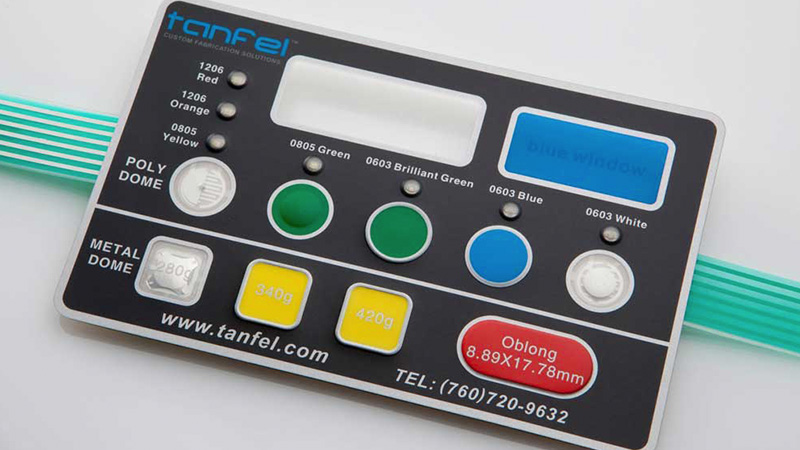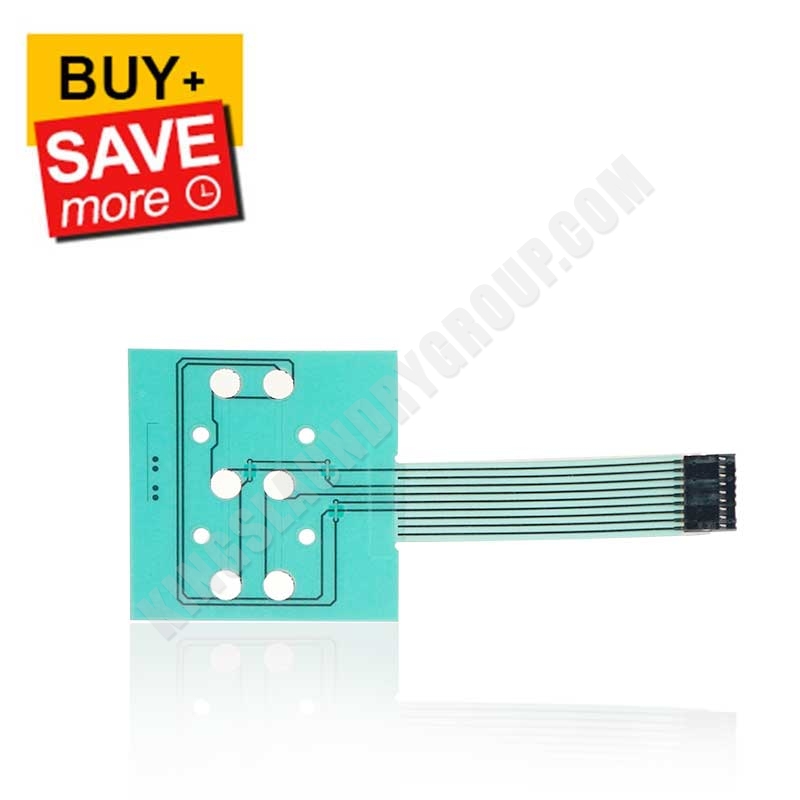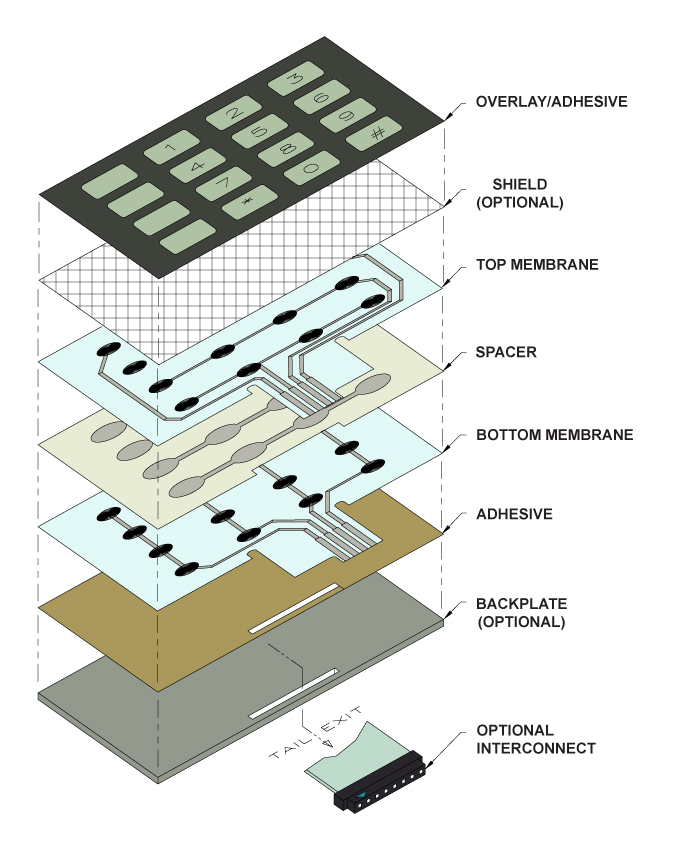Why Membrane Switches Are Crucial for Resilient Control Solution
Membrane layer buttons play a pivotal role in making certain the toughness and dependability of control systems across different industries. As we discover the complex benefits of membrane buttons, it ends up being apparent that their value goes beyond plain performance, affecting user experience and functional efficiency.
Overview of Membrane Layer Buttons
Membrane buttons are flexible and reputable elements frequently made use of in various electronic control systems. These buttons consist of several layers, consisting of a graphic overlay, a spacer layer, and a published circuit layer. The graphic overlay provides both useful and aesthetic layout, while the spacer layer makes sure that the switches are triggered just when pushed. The printed circuit layer consists of conductive traces that finish an electric circuit when the membrane layer is pushed, enabling the gadget to reply to individual inputs.
Membrane switches are often favored in applications needing a portable and lightweight design, making them excellent for handheld gadgets, medical equipment, and industrial machinery. They can be tailored to satisfy specific individual demands and can include different features such as backlighting, tactile responses, and multiple colors. Moreover, membrane layer switches are resistant to dust, dampness, and pollutants, making them ideal for atmospheres where sturdiness is necessary.
Advantages of Sturdiness
In numerous applications, the sturdiness of membrane switches over offers significant benefits that enhance their total efficiency and dependability. These buttons are developed to endure harsh settings, making them ideal for use sought after problems such as high humidity, severe temperature levels, and direct exposure to chemicals. Their robust construction aids to prevent damages from physical effect, guaranteeing long-lasting functionality and reducing the requirement for regular substitutes.
Additionally, membrane layer buttons are immune to damage, which is essential in applications where frequent interaction happens. This resilience converts to reduce maintenance expenses, as organizations profit from minimized downtime and fewer service disruptions. The encapsulated style of membrane switches safeguards internal parts from dust and dampness access, additional adding to their lifespan (membrane switch).
One more advantage is their ability to maintain constant efficiency with time. With a high resistance for mechanical tension, these buttons protect their responsive responses and electrical stability, guaranteeing customer satisfaction. Eventually, the resilience of membrane switches over not just enhances operational performance but additionally fosters self-confidence in their integrity, making them a favored selection for control systems throughout different industries.
Applications in Numerous Industries
Sturdy control systems employing membrane layer buttons locate extensive applications throughout a series of markets, each taking advantage of the special attributes these switches offer. In the clinical field, membrane switches are crucial for tools such as person monitors and analysis tools, where reliability and ease of cleaning are critical. Their resistance to moisture and impurities ensures they maintain capability in clean and sterile atmospheres.
The automotive sector leverages membrane layer switches for control panel controls and infotainment systems, where they offer streamlined, inconspicuous user interfaces that enhance user experience. These buttons are additionally created to endure harsh conditions, including direct exposure to extreme temperature levels and resonances.
In industrial setups, membrane switches are frequently used in machinery control panels, offering tactile responses and resilience necessary for high-usage applications. Their ability to resist chemicals makes them appropriate for producing atmospheres where spills and pollutants are regular.

Customer electronics, such as cooking area appliances and remote controls, additionally use membrane layer buttons for their adaptability and cost-effectiveness. On the whole, the versatility and robust nature of membrane changes make them important across numerous industries, ensuring reliable procedure and durability in control systems.
Layout and Visual Appeal
While capability is extremely important, the design and visual charm of control systems geared up with membrane layer switches play a critical function in customer interaction and general experience (membrane switch). The aesthetic layout of these switches can significantly affect individual perception and communication. A well-designed membrane switch improves the beauty of the device, making it extra enticing to users and cultivating a connection in between the individual and the product
Membrane switches use a good deal of versatility in style, permitting suppliers to personalize graphics, colors, and structures to align with brand name identification and product aesthetics. The use of lively colors and unique patterns can draw focus, while tactile comments can strengthen the individual's communication with the gadget. Additionally, the capability to integrate LED indications and backlighting right into the membrane layer switch style supplies both practical and aesthetic benefits, enhancing visibility and usability in numerous environments.

Enhancing User Experience

Furthermore, membrane buttons can be tailored to include visual interfaces, enhancing use by providing info in a clear and intuitive manner (membrane switch). This modification can consist of symbols, labels, and shade coding that great post to read overview customers with facility performances effortlessly. In addition, their versatility enables integration in numerous environments, ensuring consistent efficiency whether in commercial equipment or consumer electronic devices
The sturdiness of membrane layer switches additionally plays a critical duty in customer experience. By standing up to extreme conditions and prolonged use, these switches decrease the chance of system failures, therefore advertising reliability and customer confidence. Inevitably, the critical use membrane switches not only raises functionality but likewise substantially improves customer communication with control systems, making them a vital part in modern layout.
Final Thought
